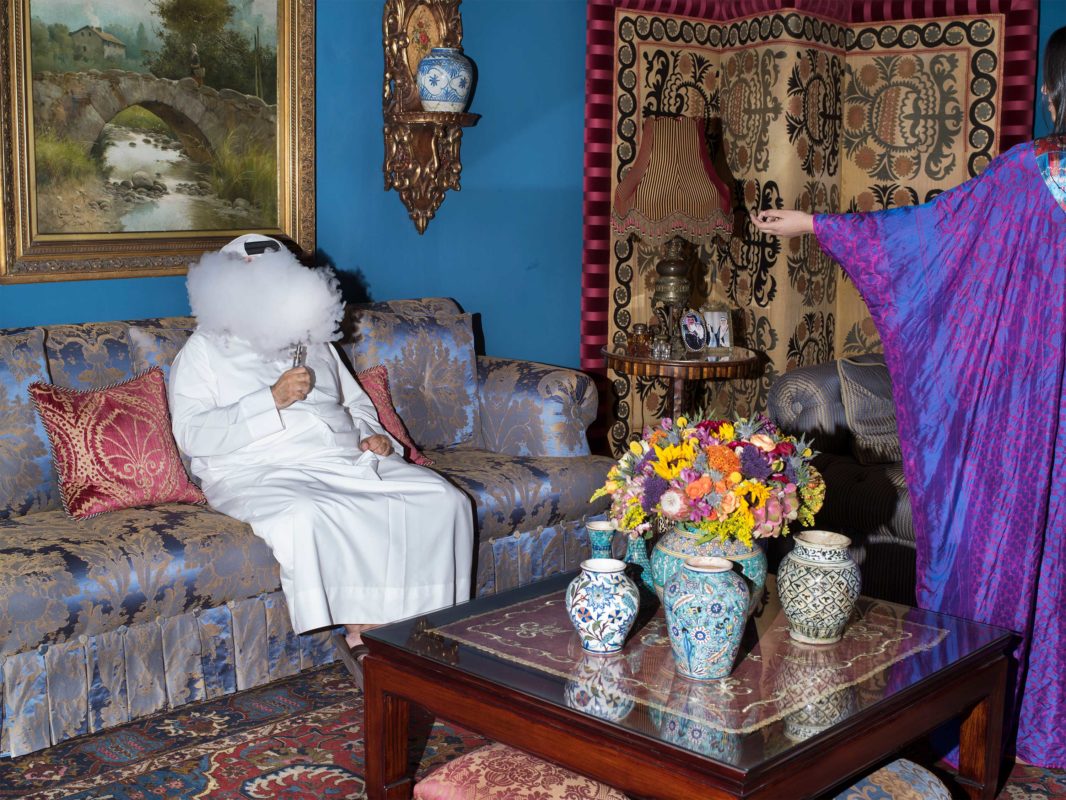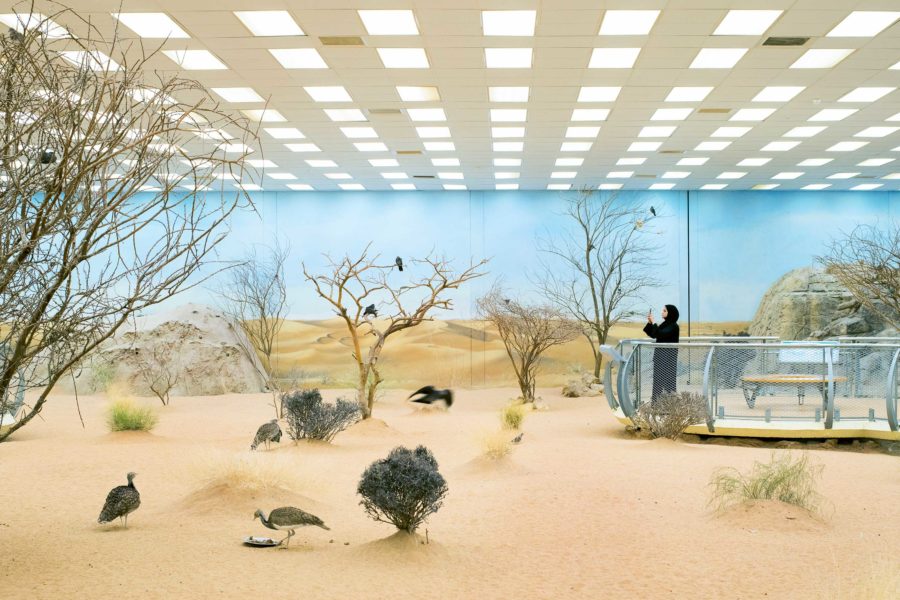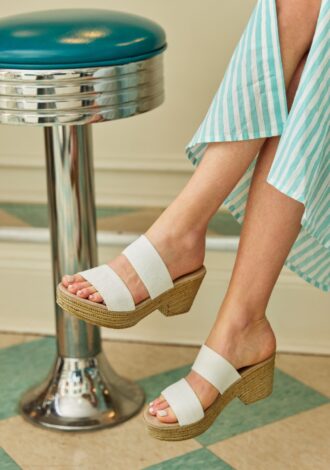MIT List Visual Arts Center’s List Projects series is known for featuring young and emerging artists that break aesthetic barriers. This fall’s List Projects: Farah Al Qasimi is no exception.
Running through October 20, the exhibit features photographs and video work by Qasimi, an artist on the brink of worldwide fame.
This is Qasimi’s first institutional show in the U.S., but if the glowing The New York Times feature on her in June is any indication, she’s about to become a major player in the larger art stage.
Many of her images are taken in domestic spaces and display lush colors and mixes of patterns that reflect a very different design style from Western décor. Though these spaces are almost always inhabited in some way, the human element is subtle. We never see who the players are in Qasimi’s interior dramas, only the gesture of a hand or the faint reflection of a face in glass.
“I was attracted to the tension she creates in her images, being quite sumptuous, almost seductive on one level, but then unveiling these hidden social, political meanings when you look more closely,” says Henriette Huldisch, director of exhibitions and curator of the List Center.

Courtesy the artist; Helena Anrather, New York; and The Third Line, Dubai
Living Room Vape, 2016
Archival inkjet print
26 x 35 in. (66 x 88.9 cm)
These social meanings often center on gender dynamics. Qasimi is a native of the United Arab Emirates, though she was trained artistically at Yale and currently resides in New York. Much of her work is still executed in Dubai, where strong gender expectations are very much in play.
“She often comments on the ways in which in the Gulf states, or the Emirates, the spheres for men and women are quite separate but without being obvious about it,” says Huldisch. “For example, she will gesture towards domestic interiors and activities that might be coded more feminine. She looks at these issues critically but without being judgmental. I think it’s really important that this is an insider’s point of view.”
Qasimi’s critical yet nonjudgmental balance is key.
She has to be a bit more discreet when photographing in public spaces in the Gulf states, but according to Huldisch the gender codes of Dubai haven’t hindered Qasimi’s practice at all. She also has to curate exhibitions in that region a little more carefully to avoid controversial material. In this way, Qasimi strikes a unique balance; she creates work through both the lens of an Emirates native and of a player on the more radical artistic stages of Art Basel and New York.
Qasimi’s work is critical to our current time in other ways. With xenophobia, perhaps most especially to Middle Eastern groups, splashed on every newsstands and Twitter feed, Qasimi illustrates a much more nuanced portrait of Dubai.
Through Qasimi’s art, “People who have never been to the Gulf are, perhaps, presented with a different kind of image and a different kind of visual language than what they might have seen in the news media,” says Huldsich. “A less stereotypical, more layered, more complicated visual representation.”
If you can’t snag the vacation days for a trip to Dubai this fall, “List Projects: Farah Al Qasimi” is a great stand in. The center is free to the public and open six days a week.



 2 min read
2 min read


